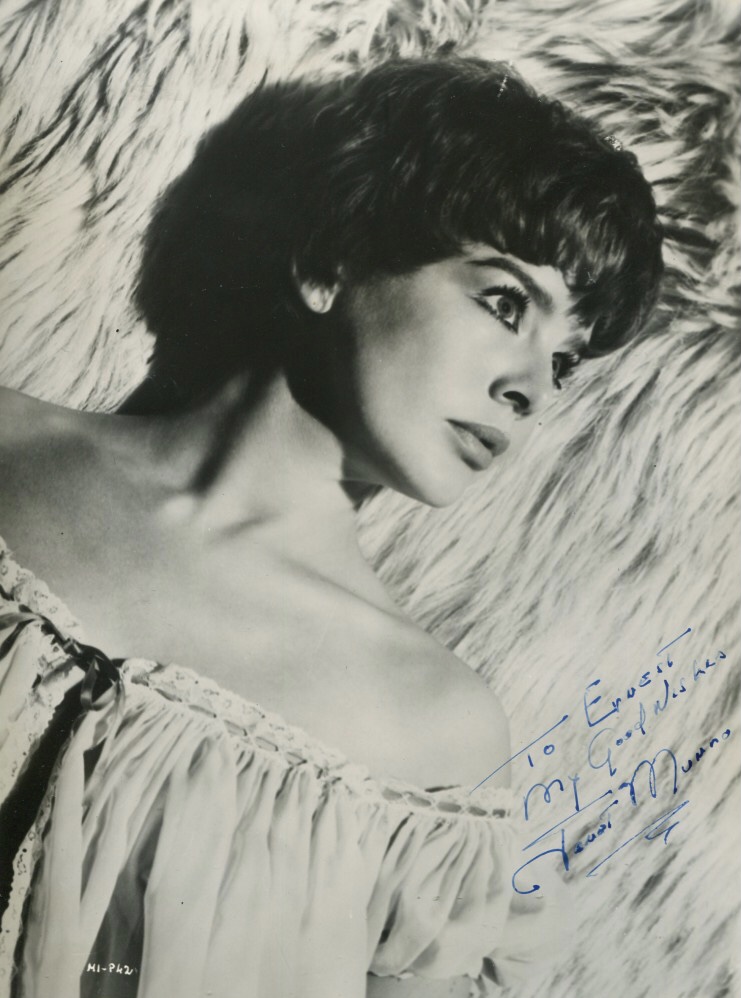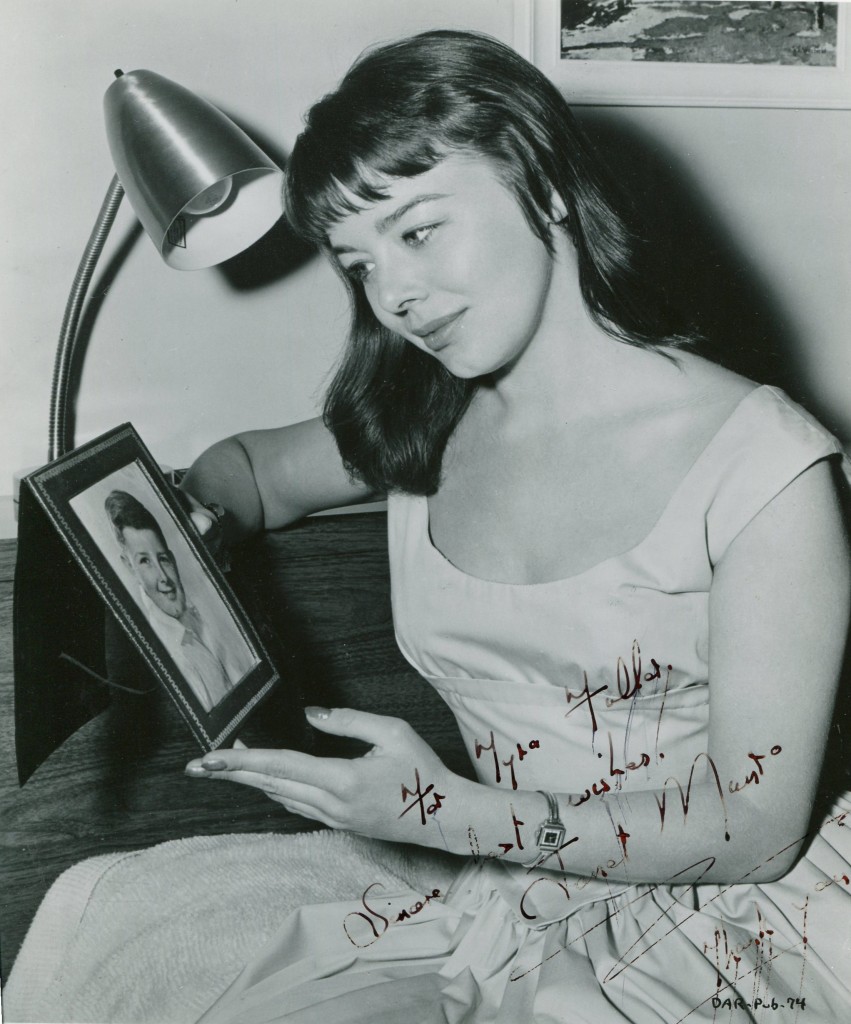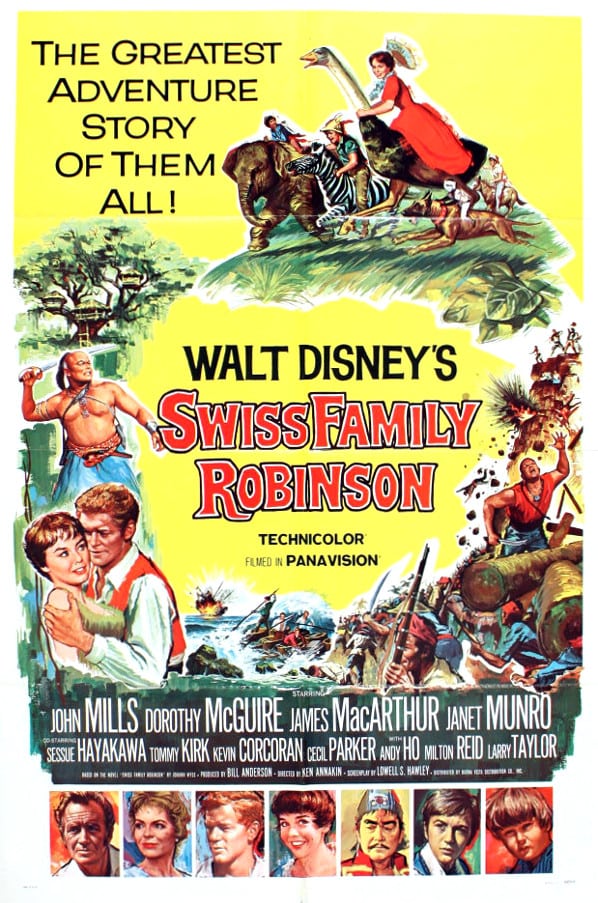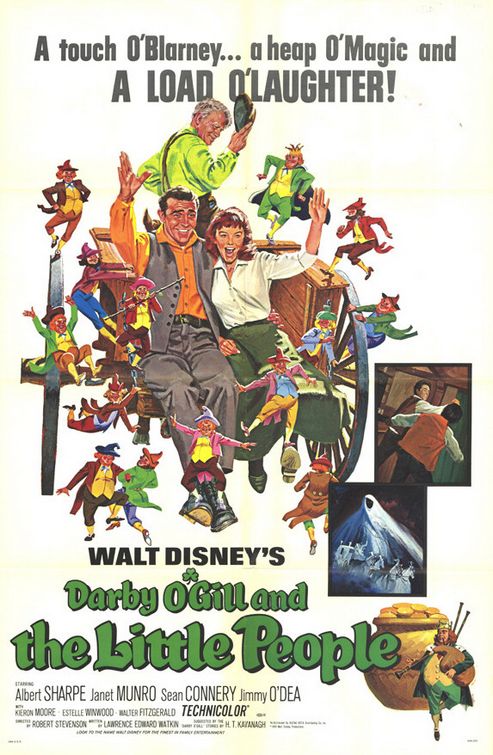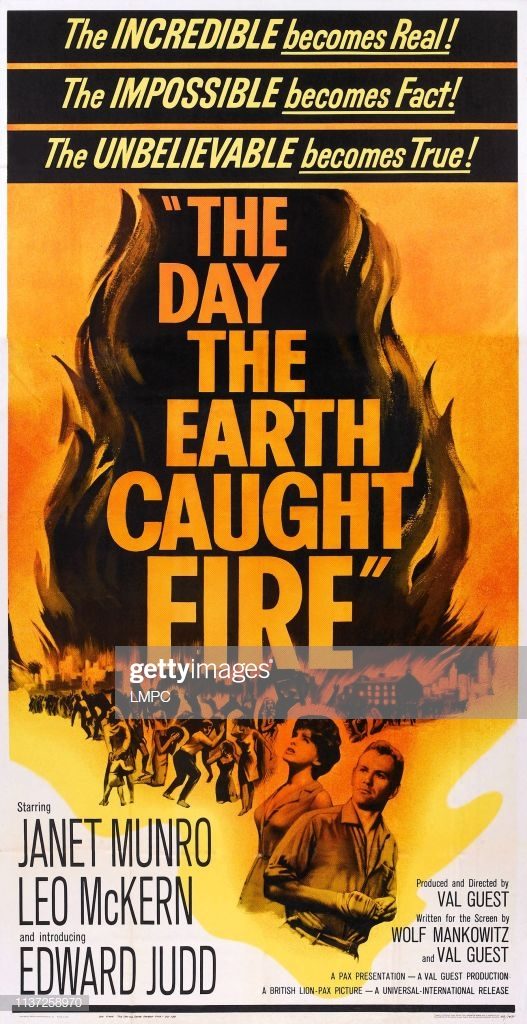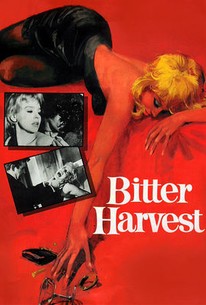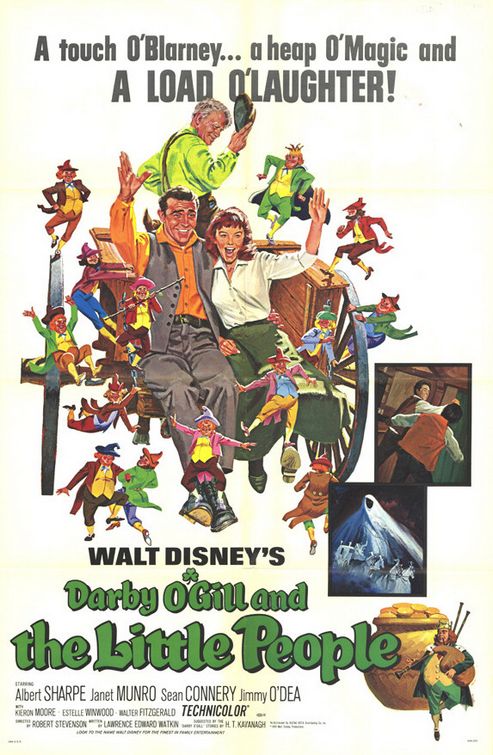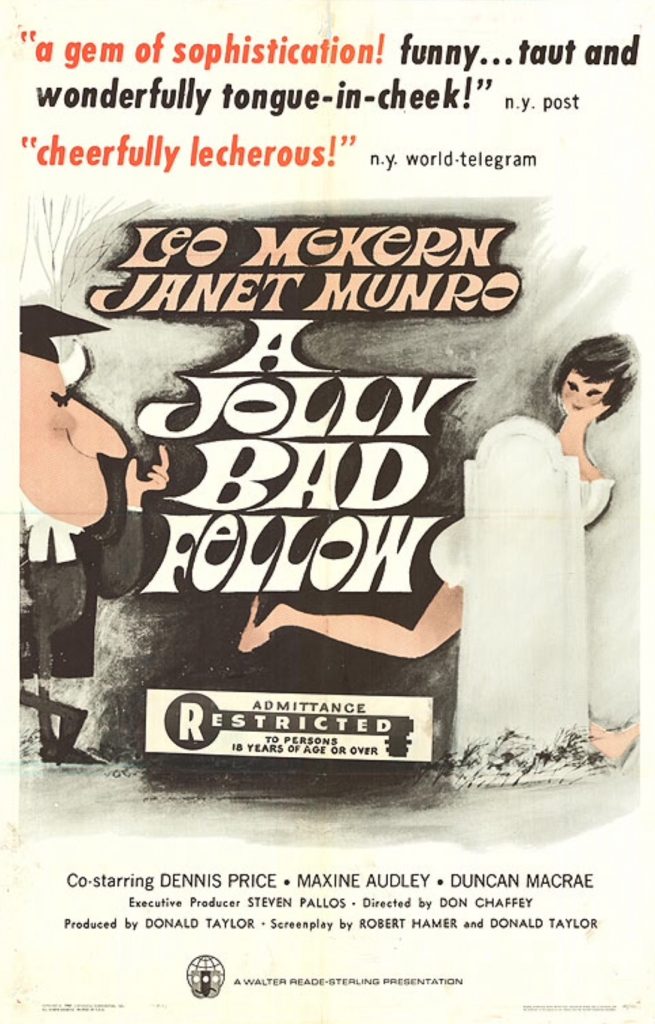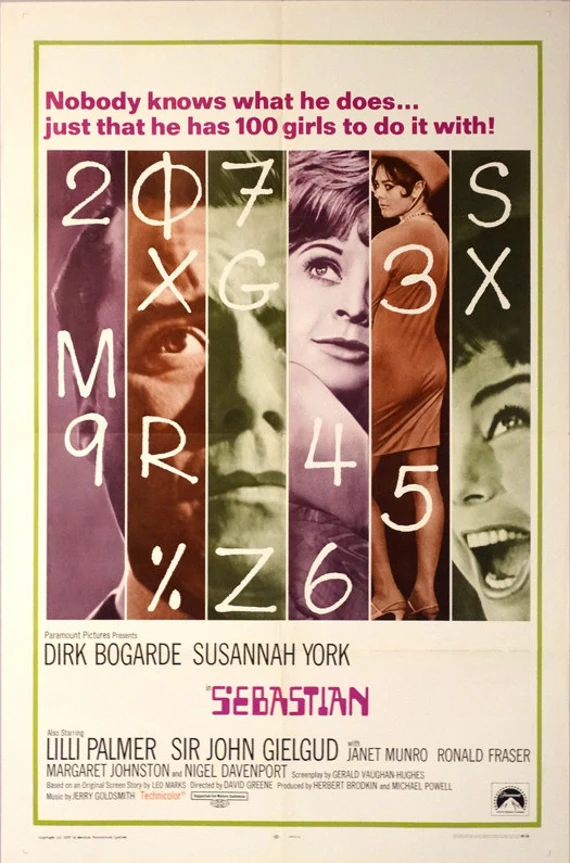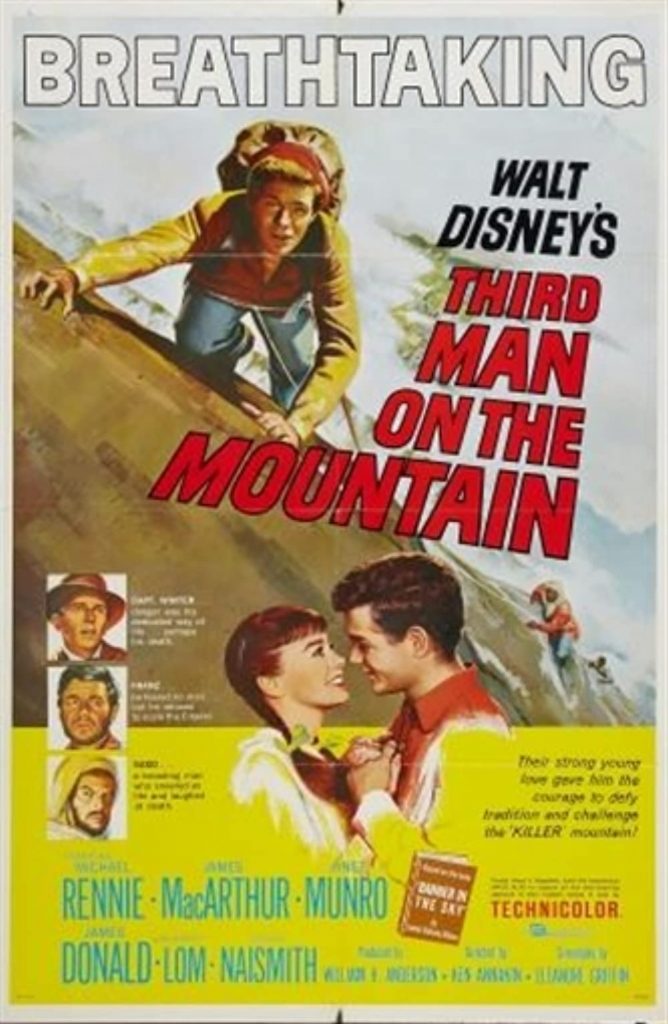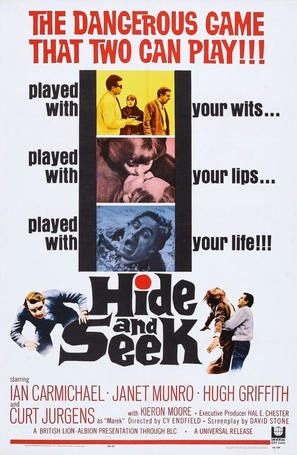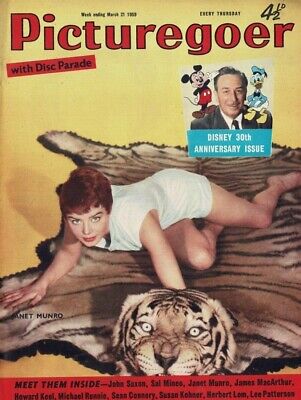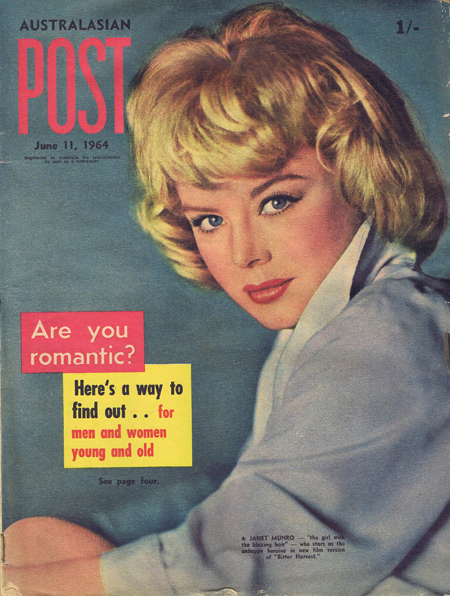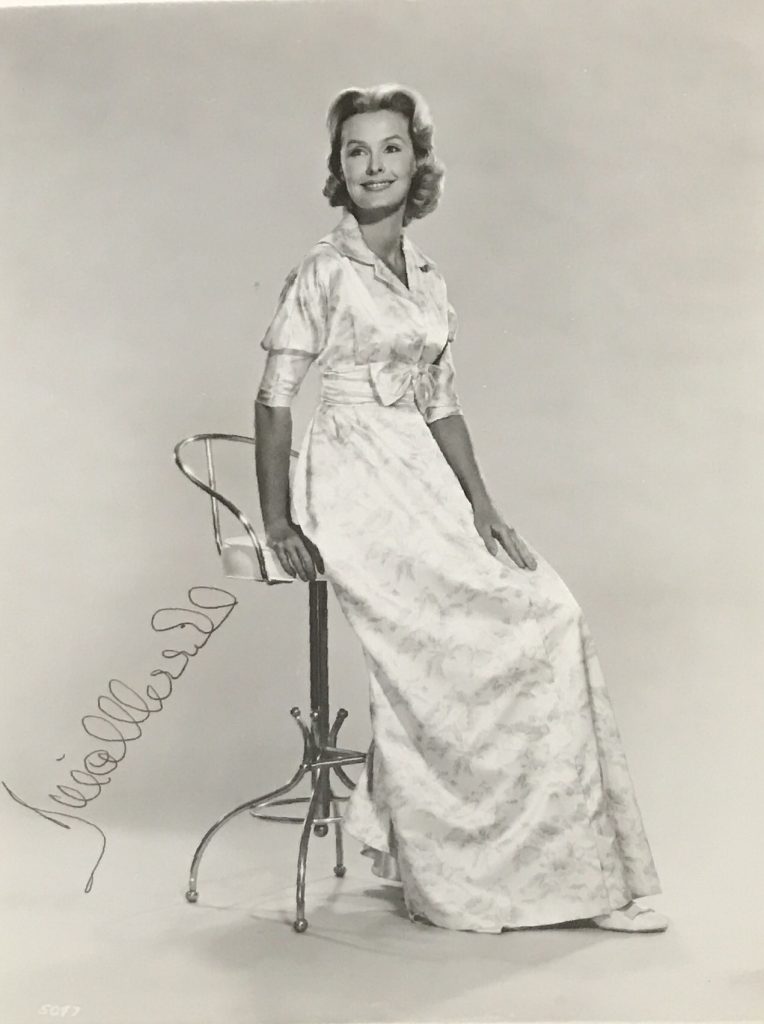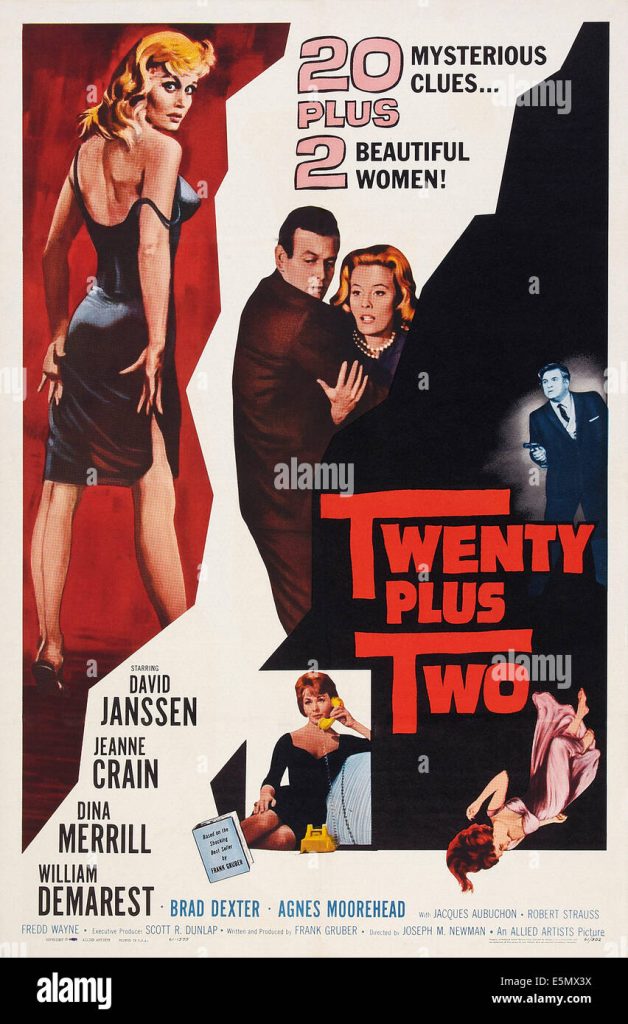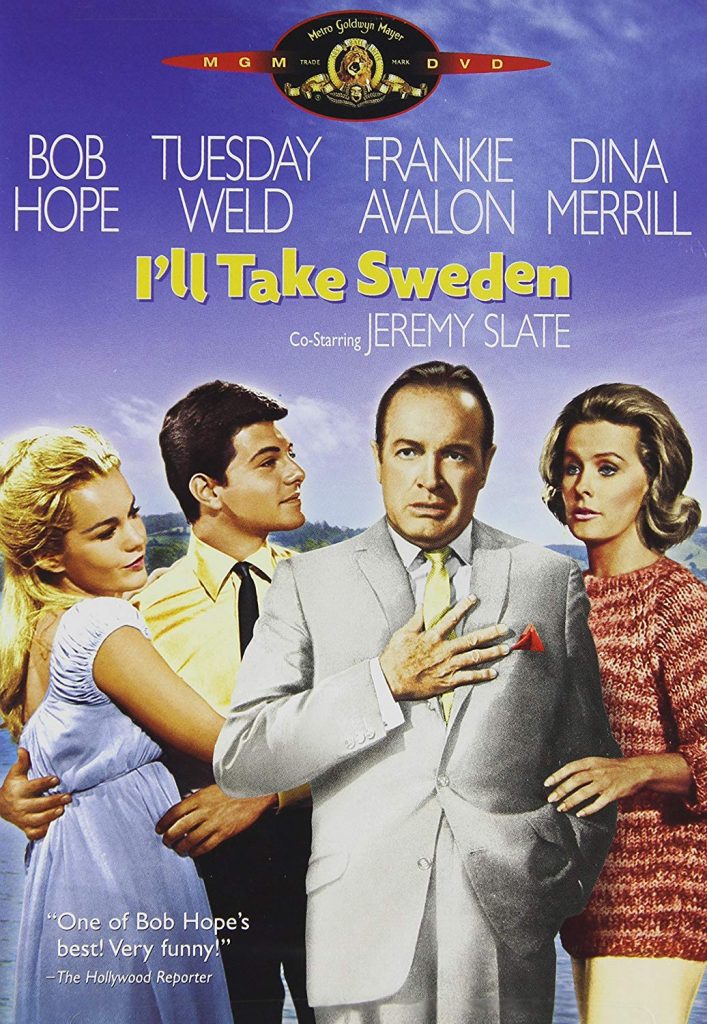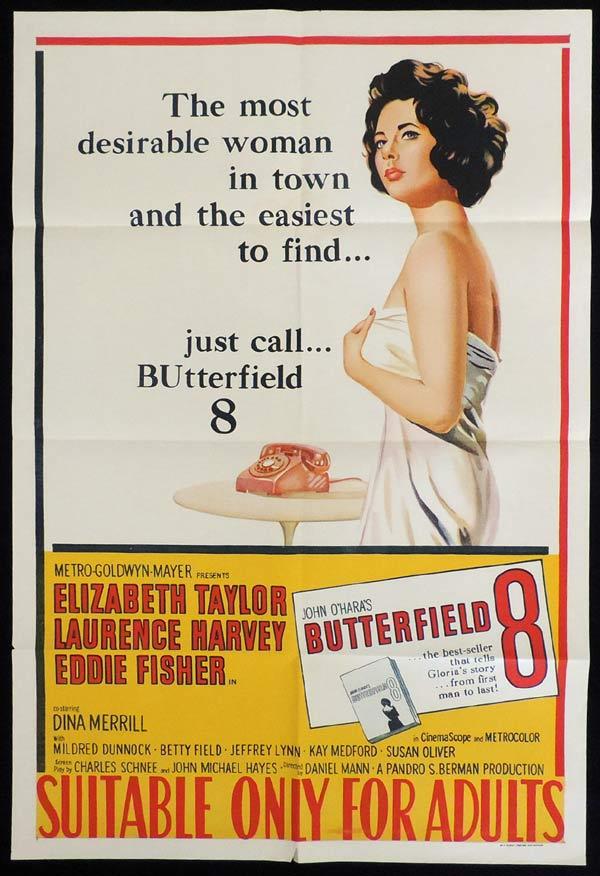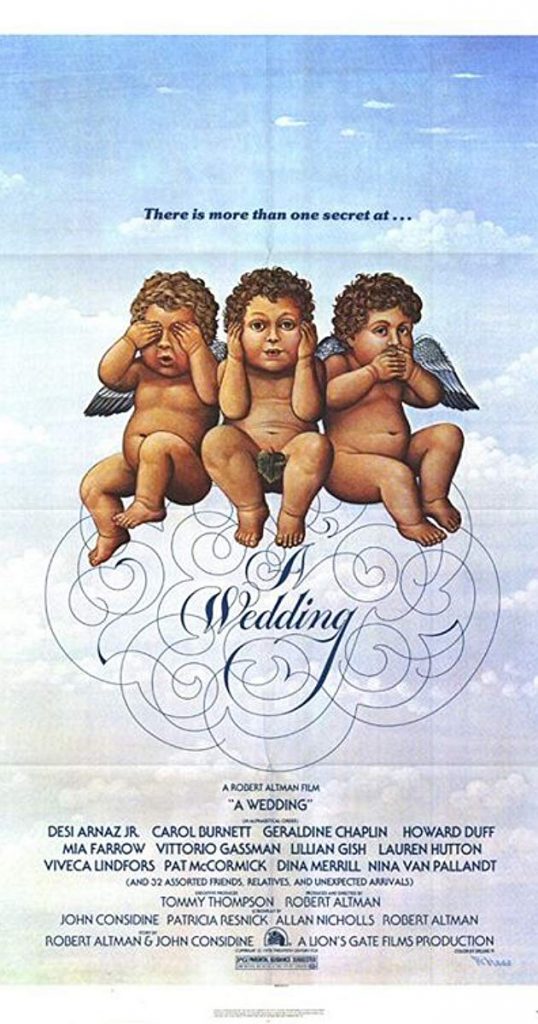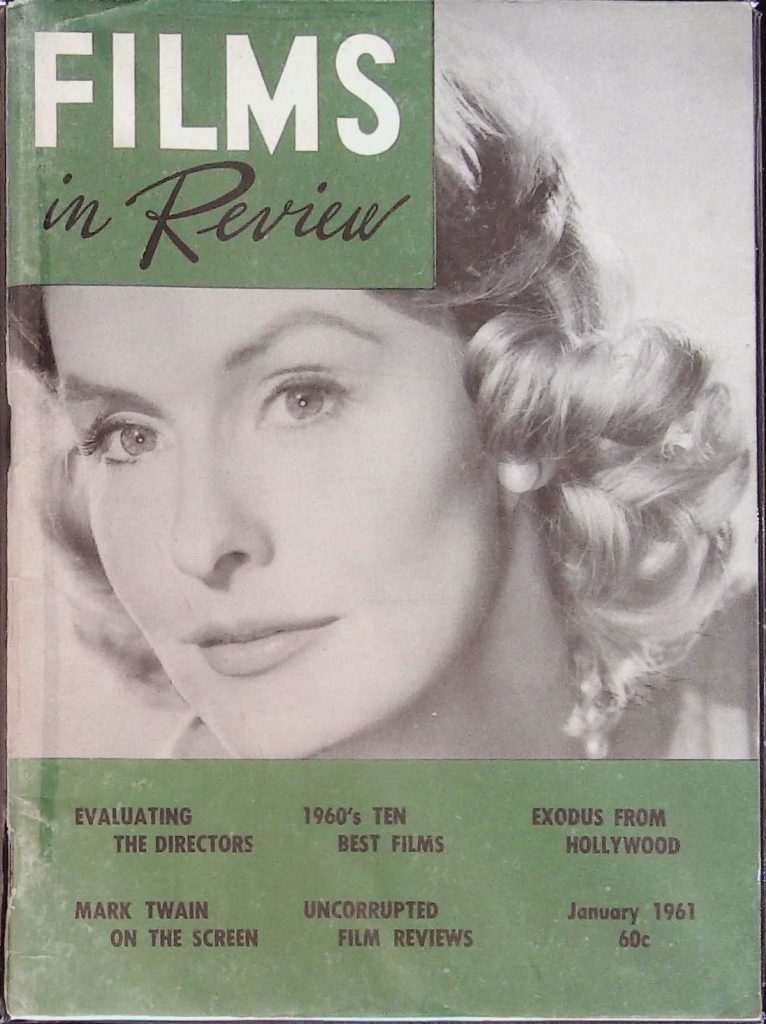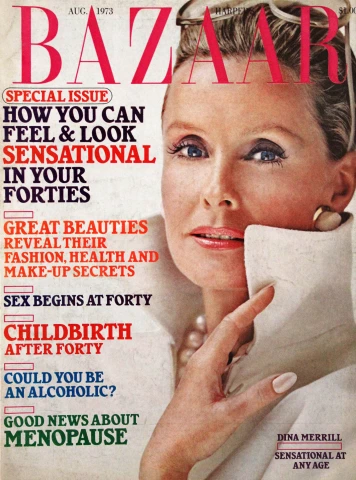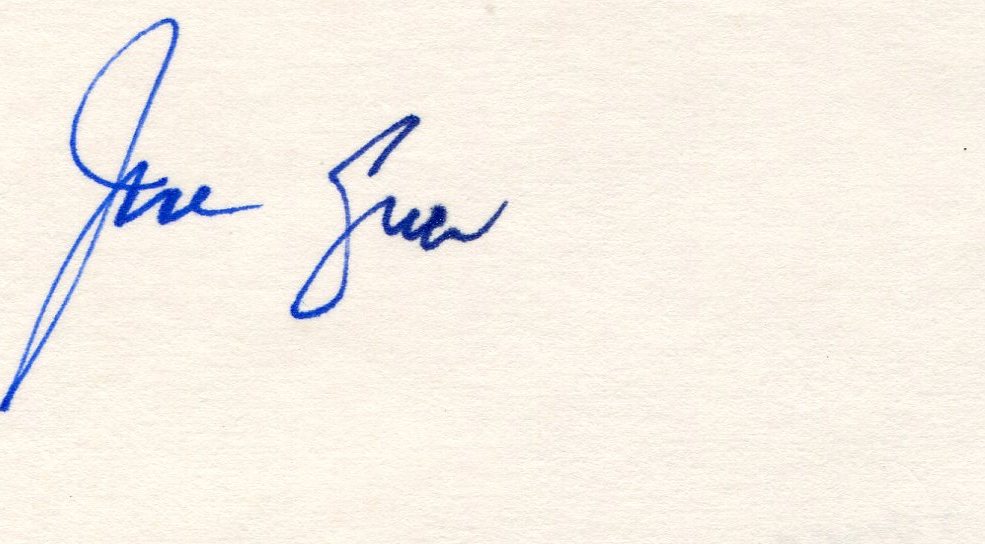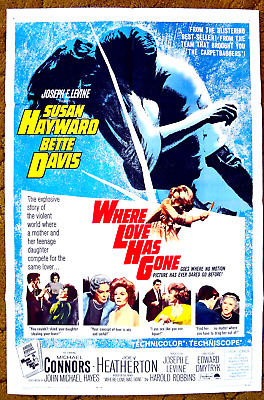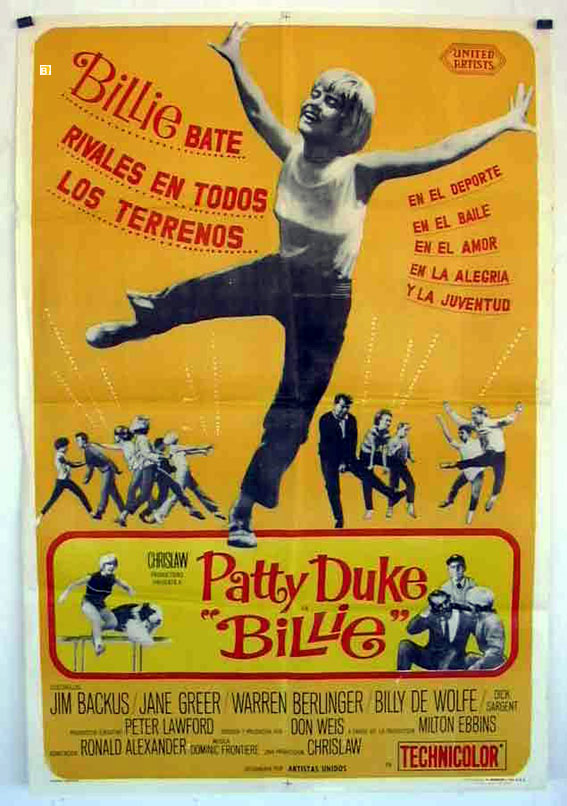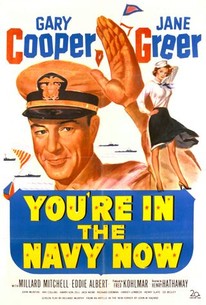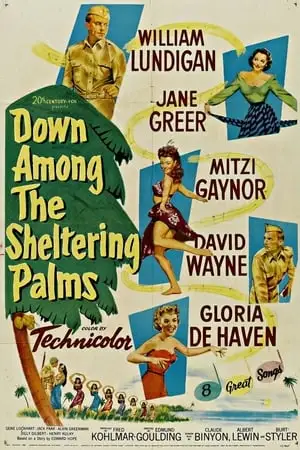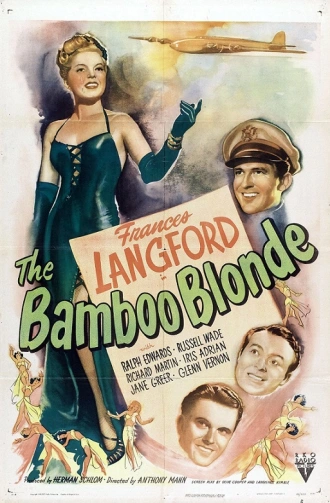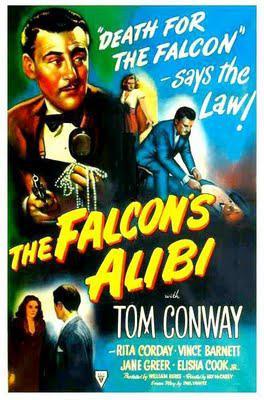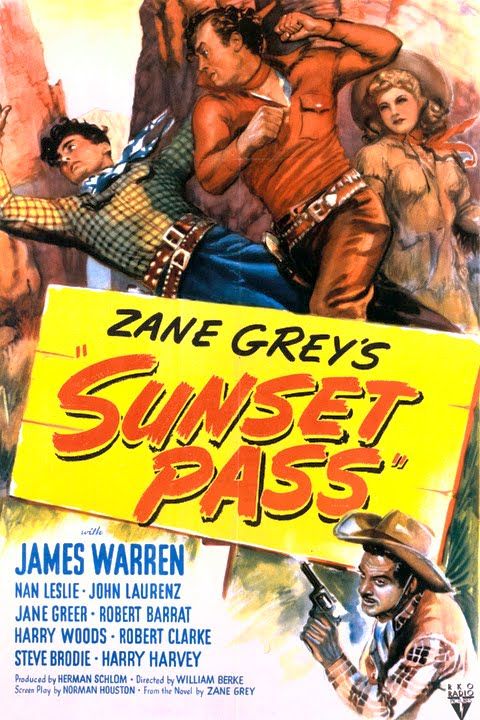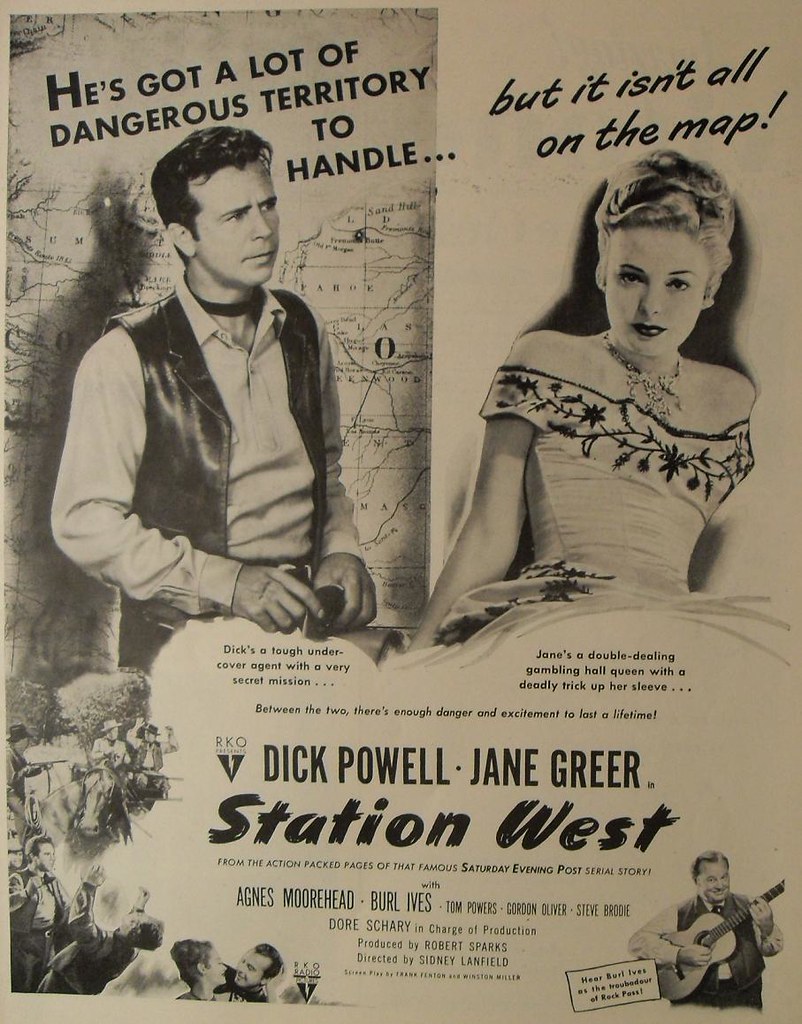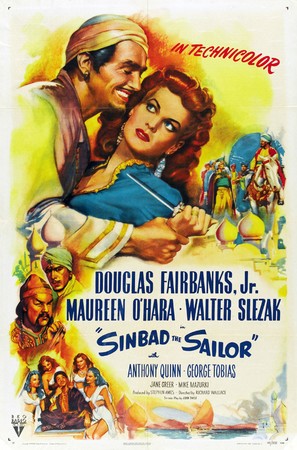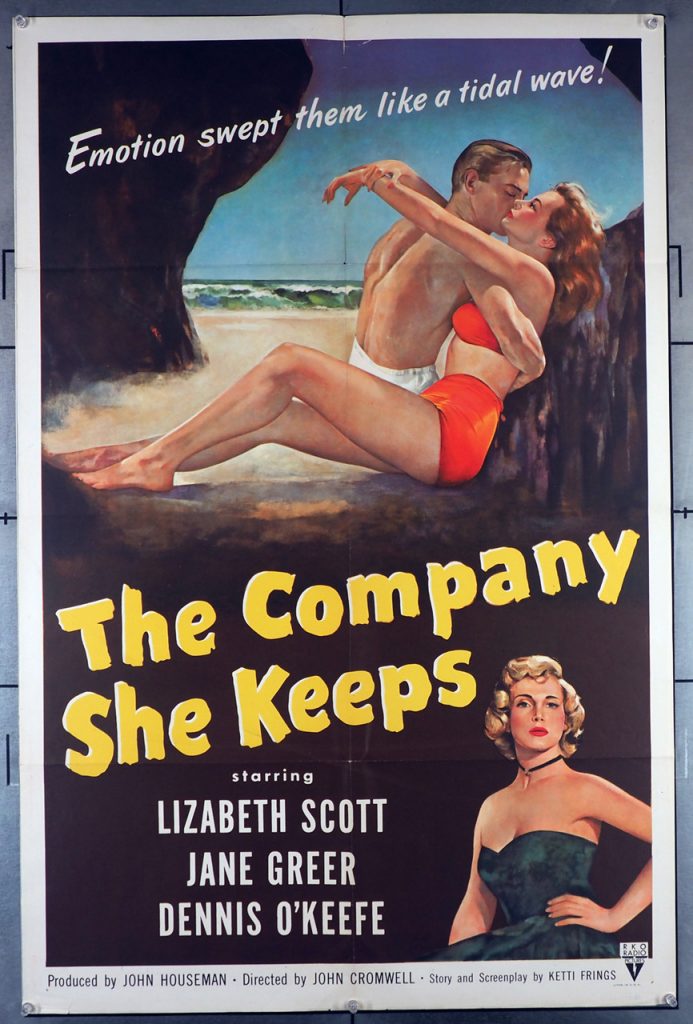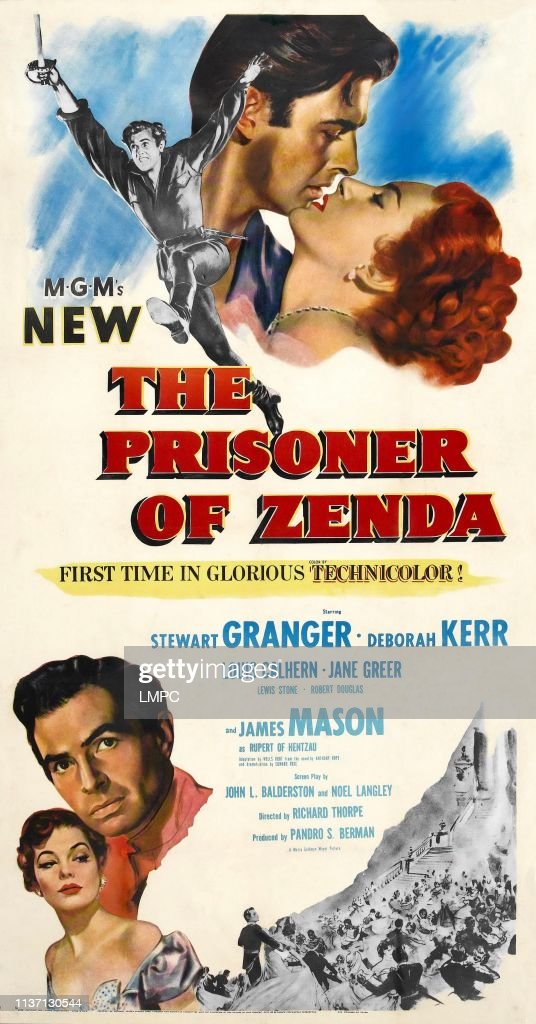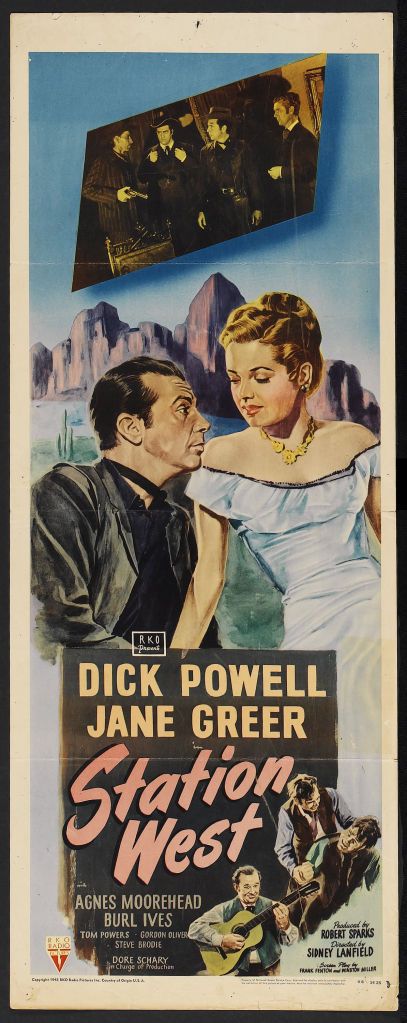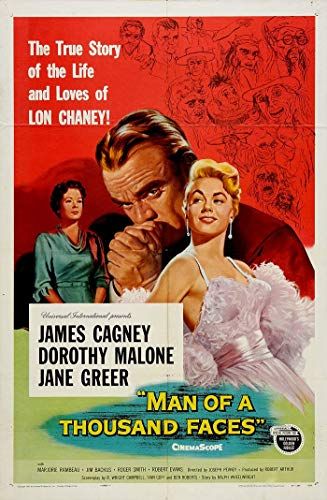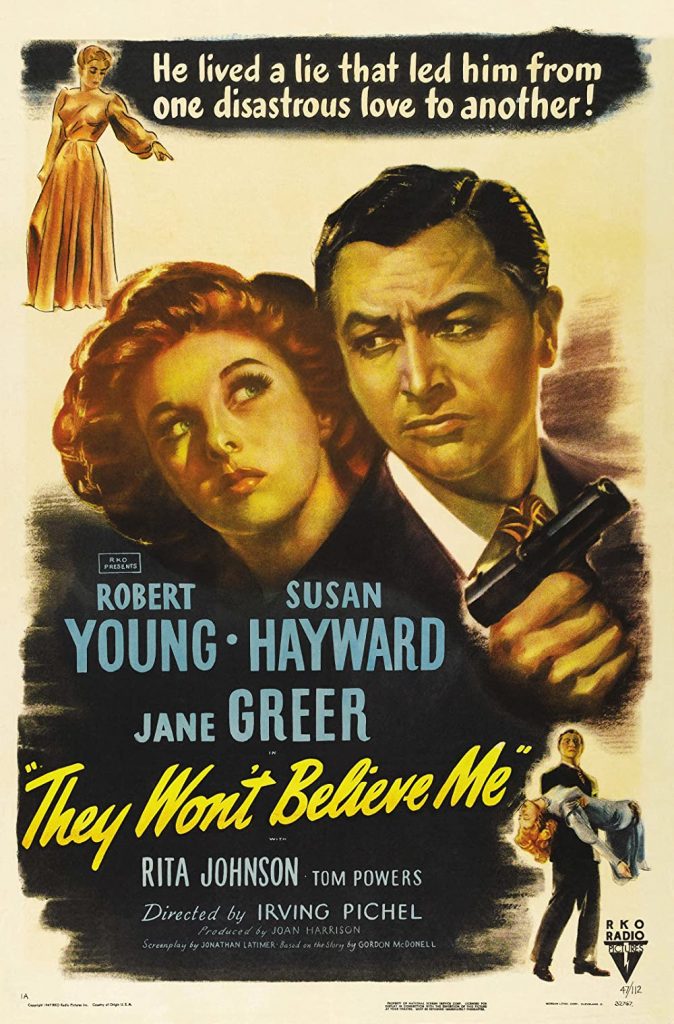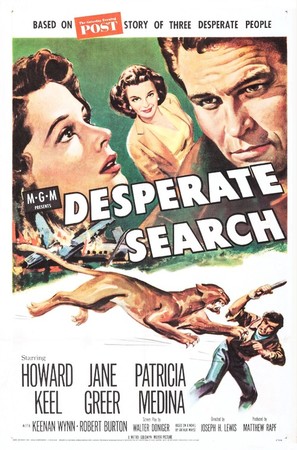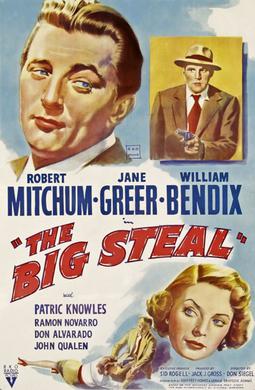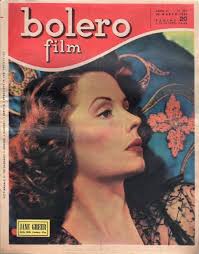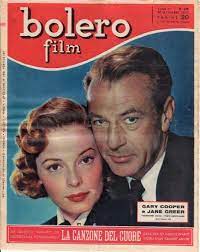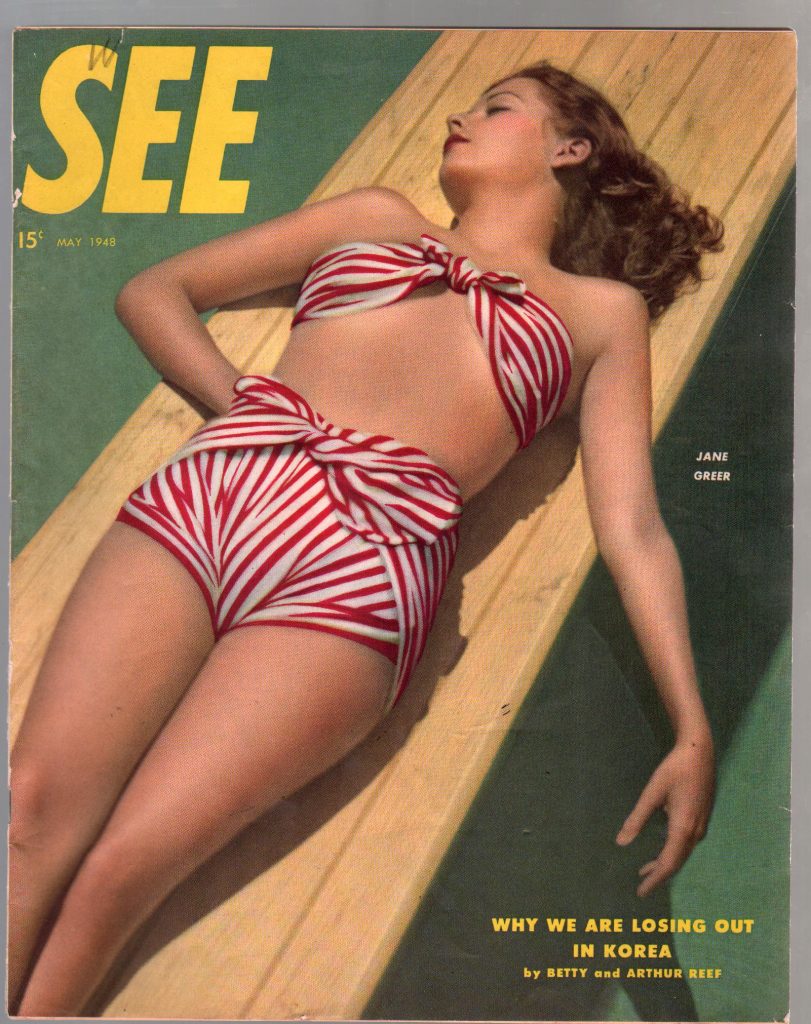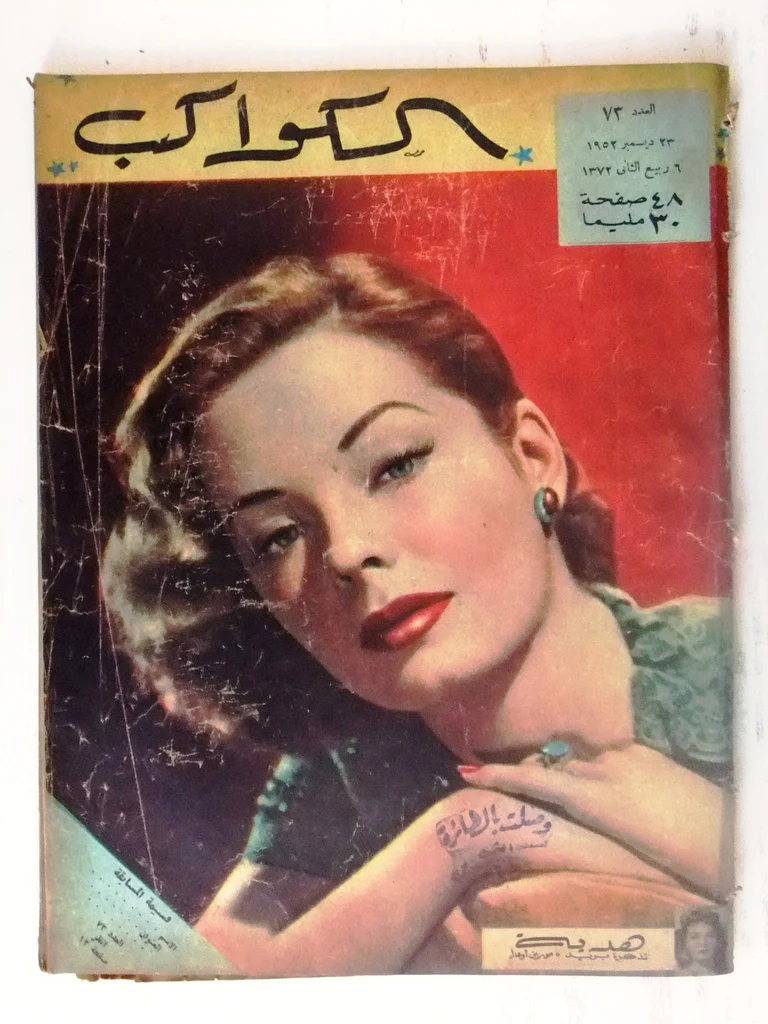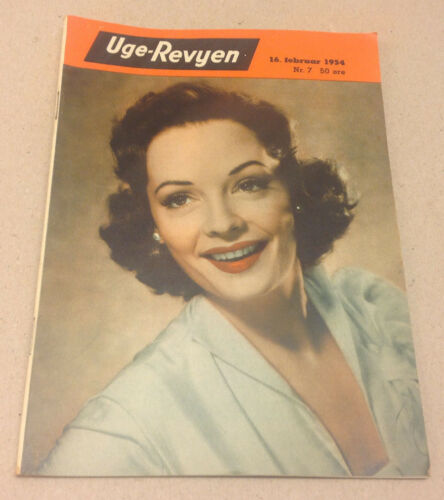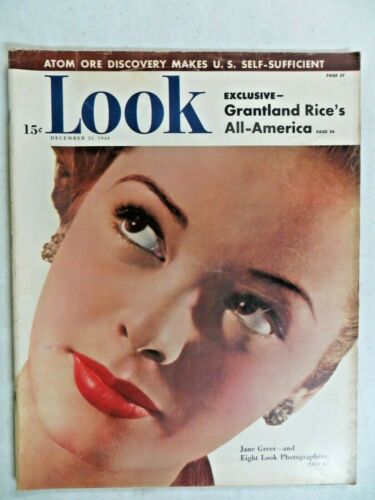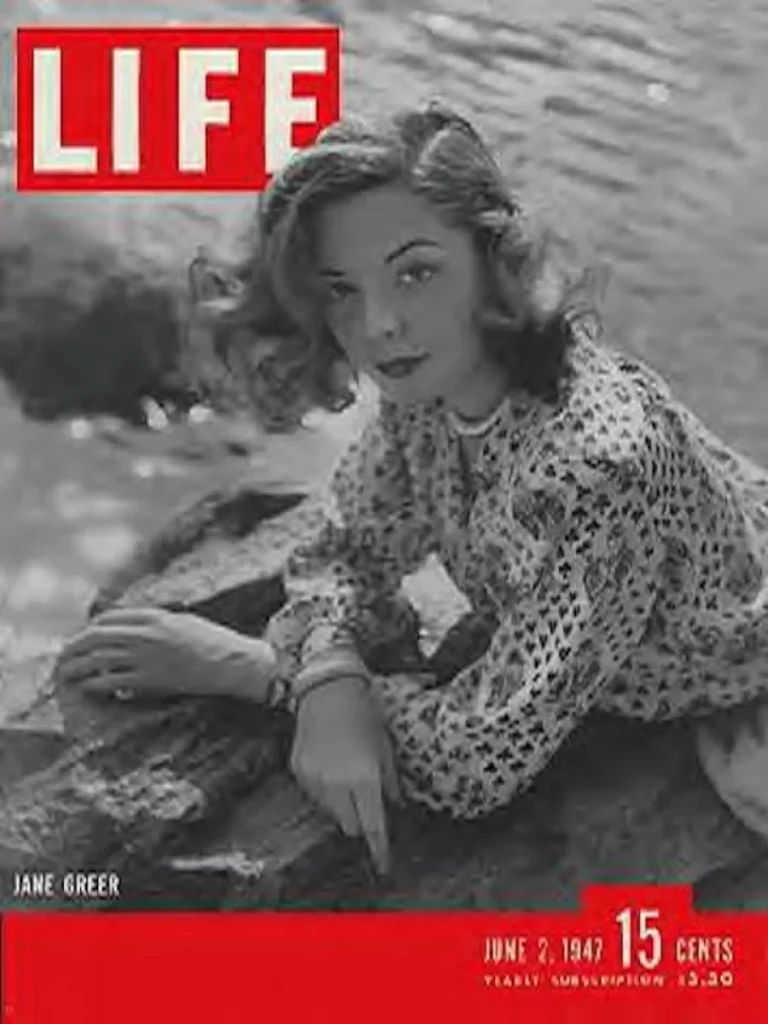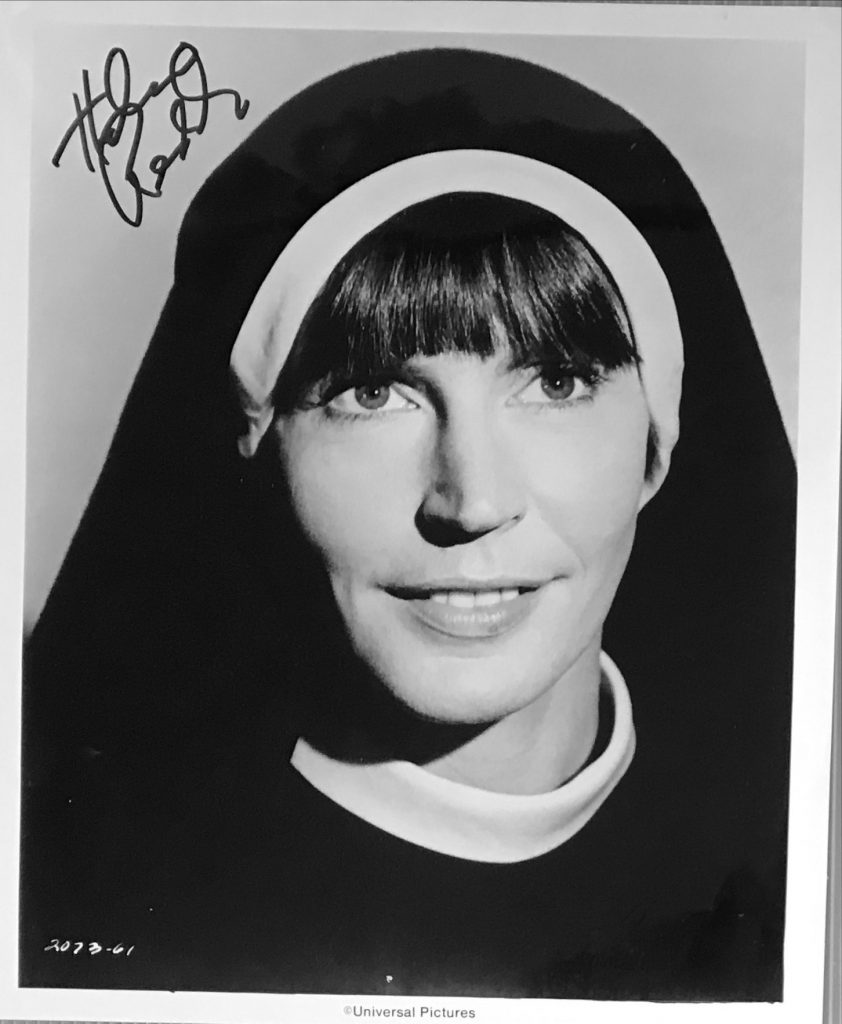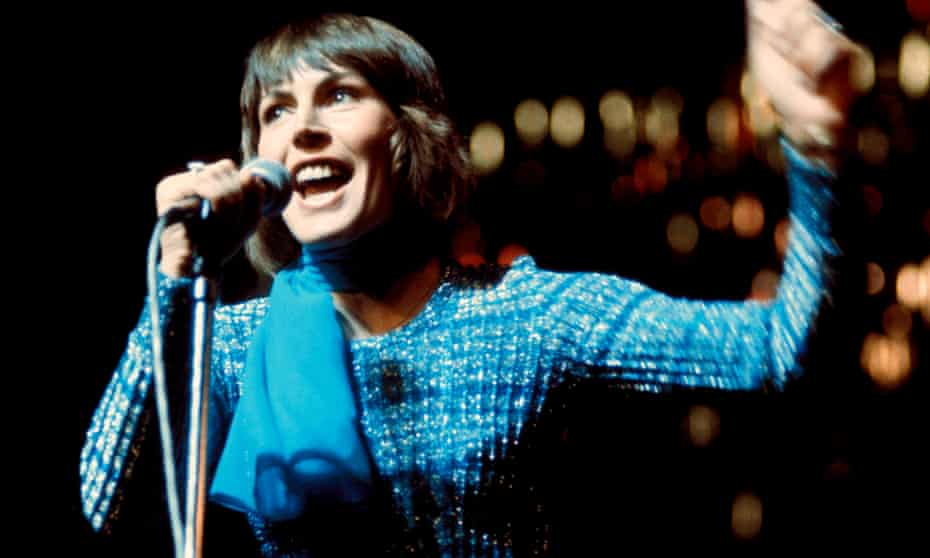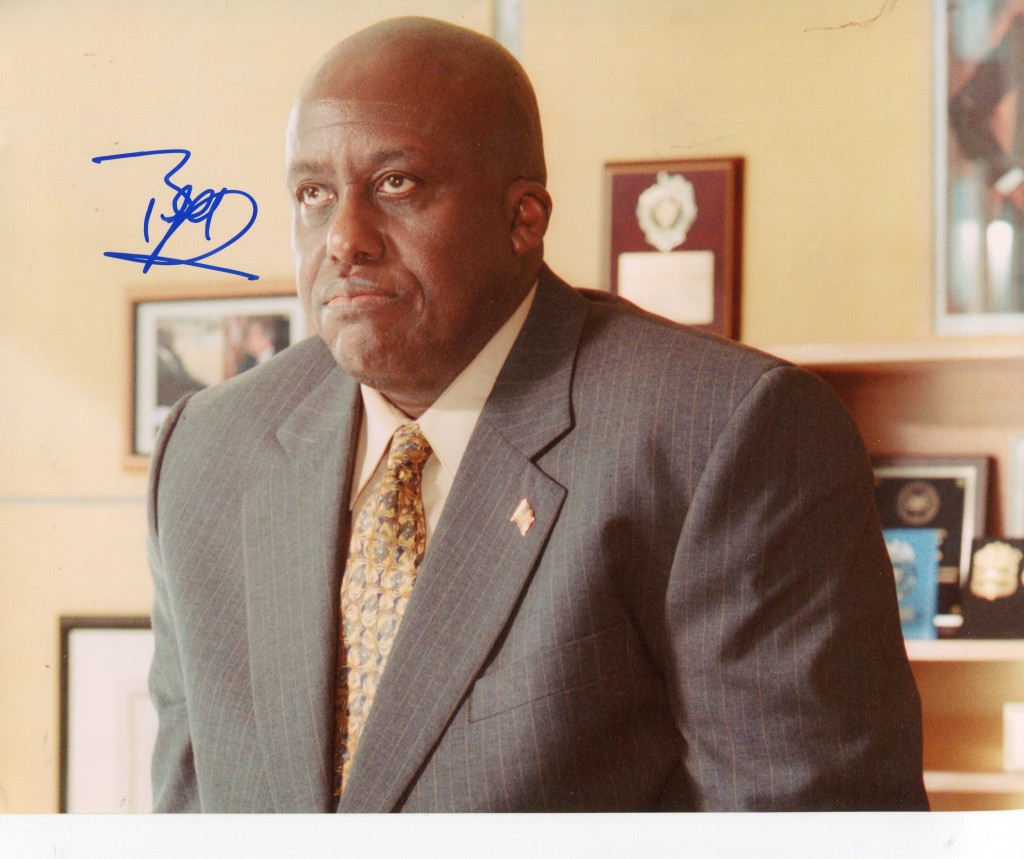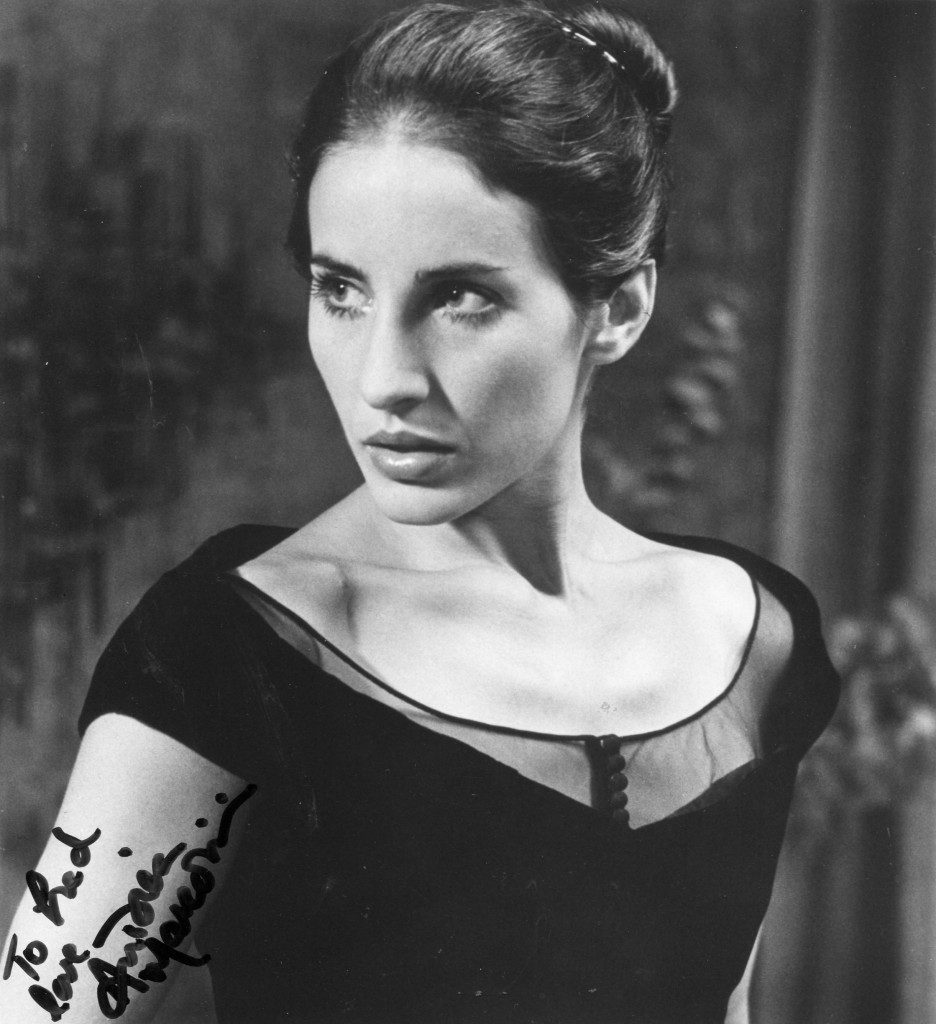
George Grizzard was born in North Carolina in 1928. He won critical acclaim for his performance in the political drama “Advise & Consent” in 1962. Other films include “From the Terrace” and “Comes A Horseman”. He died in 2007.
Tom Vallance’s “Independent” obituary:
The actor George Grizzard made more than 40 films and countless television appearances, but it was in the theatre that he had his greatest triumphs. He created the role of Nick, the young newlywed academic who finds himself and his wife subject to an evening of malicious teasing by an older couple, in Edward Albee’s Who’s Afraid of Virginia Woolf? (1962), which heralded a particular association with the playwright.
The dapper, personable Grizzard was praised for his ability to switch moods swiftly and orchestrate the emotional climaxes characteristic of Albee’s work. He won a Tony award as best actor for his performance in the 1996 revival of Albee’s A Delicate Balance, in which he, his wife (Rosemary Harris) and his heavy-drinking sister-in-law (Elaine Stritch) find their home invaded by two married friends fleeing an unidentified terror. In 2005 Grizzard starred with Frances Sternhagen in a revival of Albee’s Seascape, in which a married couple find their peaceful beach-side abode disrupted by the arrival of two inquisitive amphibians.
On screen, he had what was arguably his finest movie role in Otto Preminger’s superb study of American politics, Advise and Consent (1962), and on television he had an intermittently recurring role for several seasons as Arthur Gold, a defence attorney, in the crime series Law and Order.
The son of an accountant, George Cooper Grizzard was born in North Carolina in 1928, and acquired a BA degree at the University of North Carolina. He had his first taste of theatre in 1945 when he played a miner in Emlyn Williams’s The Corn is Green at the Crossroads Theatre in Virginia, but he was working at an advertising agency in Washington when he decided to audition for the city’s newly established Arena Stage company. He later explained his urge to act, stating: “I was an only child and probably very lonely. I made up children to play with . . . I guess that kind of developed into wanting to create people.”
After studying with Sanford Meisner in New York, he returned to the Arena, then made his Broadway dbut in The Desperate Hours (1955), Joseph Hayes’ tense thriller about a family imprisoned in their home and terrorised by escaped convicts. Grizzard was one of the convicts, with Paul Newman playing his older brother. “When we were on stage together, he was the best thing around,” Newman said. He then played the juvenile lead in another hit play, The Happiest Millionaire (1956), Kyle Chrichton’s light-hearted look at the life of the eccentric millionaire Anthony J. Drexel Biddle, played by Walter Pidgeon.
Grizzard received his first Tony nomination (as best featured actor) for his performance in The Disenchanted (1958), based on Budd Schulberg’s biography of F. Scott Fitzgerald, and he received a second nomination in 1961 for his work in Hugh Wheeler’s wry comedy, Big Fish, Little Fish. The following year he was cast in Who’s Afraid of Virginia Woolf?, a four-character play set on a college campus, which caused a sensation with its lacerating barrage of invective, cursing and emotional game-playing. Uta Hagen and Arthur Hill starred as the unhappy, battling spouses, browbeaten history professor George and Martha, daughter of the university’s president, with Grizzard and Melinda Dillon as Nick and Honey, a couple new to the campus, who find themselves cast as foils in the older couple’s sparring and baiting.
Grizzard won praise as a self-confessed ladies’ man who admits that he was trapped into marriage with his mousy wife. Three months into the sell-out run of the play, however, he withdrew, stating that he thought the play “brilliant on so many levels”, but he found the role of Nick a trying one to sustain. “That’s the guy Edward wanted destroyed, and he did a pretty good job of doing just that,” he recalled. “And the audience, every time George and Martha stuck another knife in, they laughed and clapped.”
What lured him away was the possibility of playing Hamlet in a modern-dress production being planned by Tyrone Guthrie at his new theatre in Minneapolis. Grizzard successfully auditioned for the part, and stayed at the Guthrie Theater for two years.
He returned to Broadway to give a moving performance as Tom in a revival of Tennessee Williams’s The Glass Menagerie (1965), and he was winningly brash as a young play director Bernie Dodd in a revival of Clifford Odets’ The Country Girl (1972), repeating the role in a television movie version in 1974. He was a somewhat petulant King Edward VIII in the unsuccessful Broadway production of Crown Matrimonial (1973), Royce Ryton’s account of the royal family’s private drama in the days leading up to Edward’s abdication, but he gave a sparkling performance in Ellis Rabb’s hit revival of George Kaufman and Edna Ferber’s satire on the Barrymore clan, The Royal Family (1975). As Tony Cavendish, the heavy-drinking, womanising actor (based on John Barrymore) he was flamboyantly charismatic, and his byplay with co-stars Eva Le Gallienne and Rosemary Harris was a joy to see and hear.
He worked extensively in regional theatres, in such plays as A Life in the Theatre, A Touch of the Poet, and Tonight at 8.30, and in 1996 he finally won a Tony Award, for A Delicate Balance. London audiences saw him briefly in 1998 when a revival of Show Boat (in which he was Cap’* Andy) had a disappointingly short run at the Prince Edward Theatre. The critic Michael Billington, praising Grizzard’s “effortless timing,” concluded: “It is, in fact, Grizzard’s performance that holds this exuberant, three-hour spectacle together.”
Grizzard made his film dbut with a role in From the Terrace (1960), starring his old friend Newman, then made an indelible impression in Advise and Consent (even when up against such scene-stealers as Henry Fonda and Charles Laughton) as the ruthless, power-seeking senator who blackmails a young politician (Don Murray) about his homosexual past. He appeared in Buzz Kulik’s lively thriller Warning Shot (1967), as an airline pilot who secretly ferries drugs, and in Woody Allen’s Small Time Crooks (2000). His last screen role was in Clint Eastwood’s Flags of Our Fathers (2006), in which he was John “Doc” Bradley, an old man haunted by memories of his younger self (played by Ryan Phillippe) fighting in the battle of Iwo Jima.
On television Grizzard won an Emmy for his supporting role in The Oldest Living Graduate (1980), which starred Henry Fonda, and over a period of eight years he played Arthur Gold in several episodes of Law and Order (1992-2000). In one of the finest segments of the cult series The Twilight Zone, titled “In His Image” (1963), Grizzard gave a tour de force performance in a dual role as a shy, lonely and bitter man and the suave, intelligent and personable robot he has made in his image in the split-screen sequences featuring both men, Grizzard presents two totally different personalities, each equally convincing.
Grizzard played Big Daddy in Tennessee Williams’s Cat on a Hot Tin Roof at the Kennedy Center in 2004. He was a long-time resident of New York, where he lived with his companion William Tynan, and his last Broadway play was Paul Rudnick’s comedy Regrets Only (2006), in which he played a fashion designer campaigning for gay rights.
Tom Vallance
The above “Independent” obituary can also be accessed online here.


